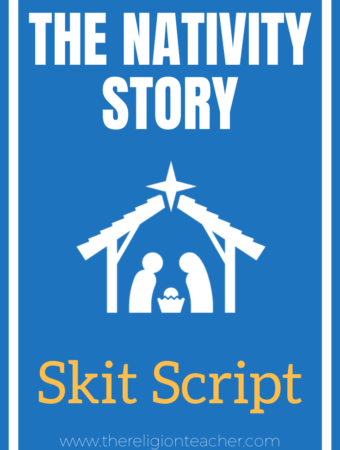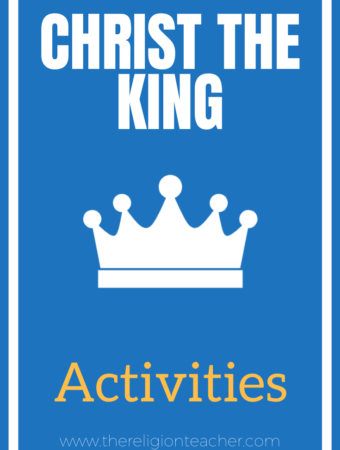
I recently read a book by David Allen called Getting Things Done: The Art of Stress-Free Productivity. At first I thought it was a bit overwhelming with all the lists and organization that it required. I had been experimenting with Stephen Covey’s form of productivity from The 7 Habits of Highly Effective People
, but thought it wouldn’t hurt to give this a try instead. Since I started implementing GTD principles, I have seen a dramatic decrease in stress and an increase in—you guessed it—getting things done.
What is the GTD Process?
The basic premise of GTD is to get things out of your head and into a trusted system of organization. We feel stressed when we constantly worry about what we’re NOT doing (open loops). We spend time thinking about other tasks while we should be working on something else. The biggest benefit of GTD, in my opinion, is the decrease in stress.
The five stage process works like this:
1) Collect things that are demanding your attention
2) Process what these things mean
3) Organize these things into actionable next steps
4) Review what we have organized and processed weekly
5) Do
I couldn’t possibly explain the many intricacies of the GTD system here. If you have some time, go borrow the book from your local public library or buy it here. Even if you don’t fully implement the principles, David Allen will give you a lot to think about. Here are some huge take-aways that I think any catechist or religion teacher could benefit from implementing:
- Always carry a piece of paper or other collection device to record ideas that pop into your head. I fold up a half-sheet of scrap paper and keep it in my shirt pocket while I’m at work.
- Create an INBOX. Whenever something comes to your attention, write it down on a piece of paper and throw it into your INBOX. This will get random thoughts off of your mind and out of your head. Once they are in your INBOX, you can revisit them later and assign an appropriate next action and time to complete the task.
- If it takes less than two minutes, do it now!
- If you don’t need something, throw it away! This goes for e-mail. Delete messages that don’t have an action needed or will not be needed for reference. (I know this sound crazy to people using Gmail with virtually limitless space, but why save things to fill up your search results later?)
- When you have a project to do (anything that requires more than one action), make sure you do two things: 1) envision a desired outcome (what will make this project “done”?) and 2) decide, what is the next action that will move this project towards completion? For example, if you are assigned the responsibility of planning a prayer service. The desired outcome is probably printed copies of a written prayer service and a collection of all the necessary materials you will need. The next action required will probably be to do brainstorm themes and ideas related to the prayer service. When that is complete, the next action will likely be organizing your thoughts into a written service. Next format the prayer service, etc.
- Create a “someday/maybe” file to keep track of ideas that you have but won’t be able to do until later, if at all.
- Consider creating a “tickler” file to remind yourself of something at a specific date in the future. This requires 43 file folders—one for each day of the month and one for every other month.
In the meantime, here are some GTD resources that I have used in the past couple of months:
- David Allen Company Podcast (I just started listening to this, but it does require you to know something about GTD to understand their conversations)
- Evernote (see my pose on Web Tools to Help You Stay Organized)
- The GTD Advanced Workflow sheet by Scott Moehring (from this book review)
- The personal finance blog called The Simple Dollar recently completed a series of posts about GTD that anyone would find useful. Find that here.
- Also, consider checking out Dean Soto’s site The Productive Catholic. Dean favors Autofocus over GTD, but check out his site or podcast for the reasons why he feels this way.



I wonder if this will work for my "Honey Do List"? LOL! I don't think hubby will like it if I get this book. 🙂
GTD is definitely a must have tool in your arsenal! One of the biggest liberators for me was the concept of context driven to do lists. I used the Franklin system for a long time but found the constant reordering and prioritizing of to do's on my list required way too much mental energy and was artificial. I spent all my time figuring out what I was supposed to do next and never getting it done…or just giving up and working on what was most urgent (not good at all). GTD was definitely against that advocating the use of to do lists prioritized for the context you are in, such as at your computer, at work, at home, etc.
One problem with GTD is that I still need some way to easily identify priority, which can be the problem with the context based lists. If you use a Mac, Things is a program that really helps with that.
Thanks Marc, I felt the same way about the Franklin (Stephen Covey's) system. I took an idea from Tim Ferris (4-hour work week) and typically focused on the 2-3 essential things that I needed to do each day. GTD has allowed me assign myself tasks ahead of time and when I am in certain contexts (office computer, home, etc.)
I have heard great things about Things for Mac and have been looking for something comparable for a PC.
Jared,
This looks really good. I am going to look into this more. I appreciated your post on it!
Jared,
There is a fantastic plugin that integrates GTD functionality into Outlook. It's excellent for turning emails into to do's or calendar items and gives you all the GTD tools for putting things into your context sensitive lists right there in a dialogue box. You can get it from the GTD website.
I used it for quite a while before switching to Mac. And they just upgraded it as well. It's not very expensive and doesn't crash. I had the Franklin Covey Outlook plugin and that crashed all the time.